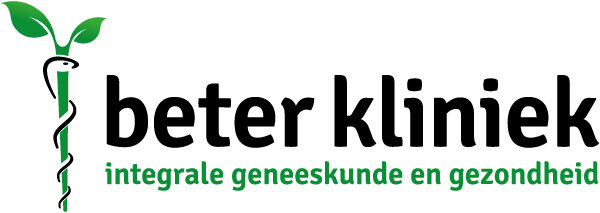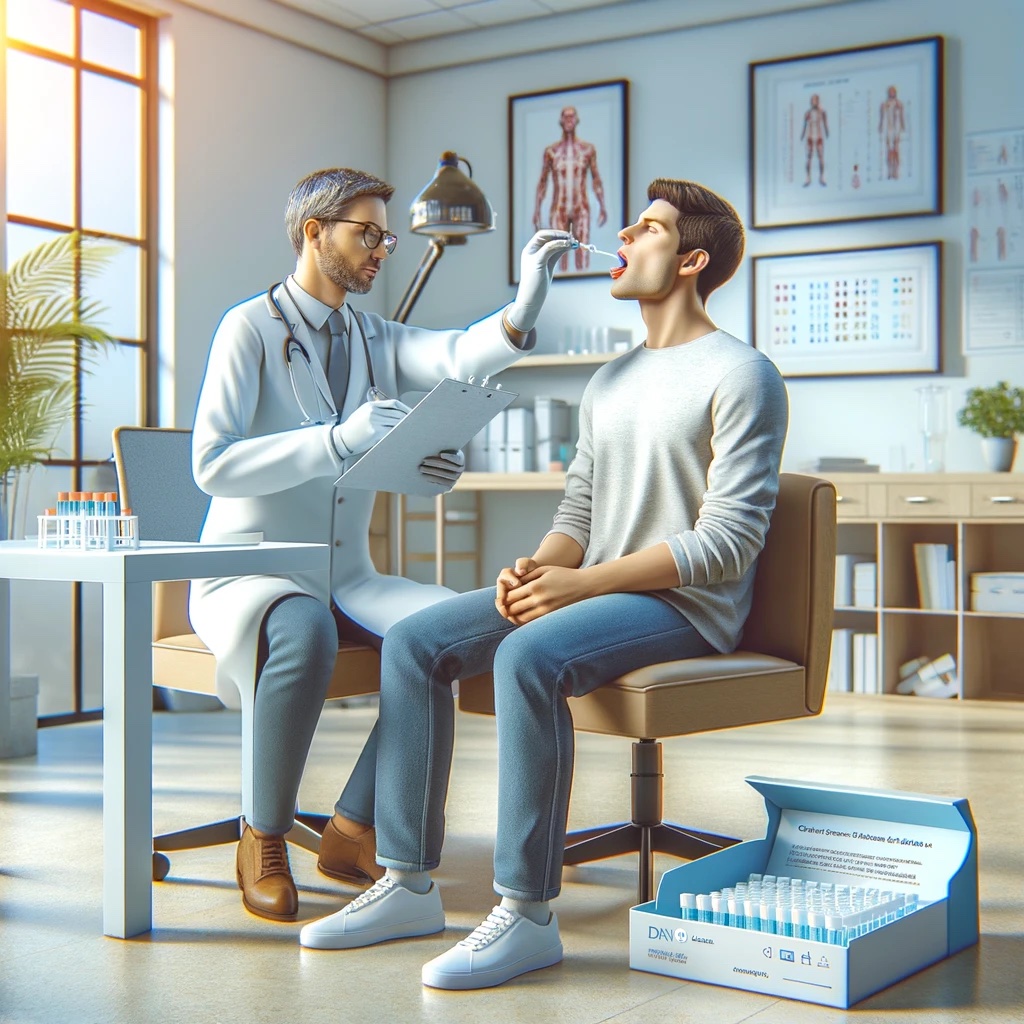A Deep Analysis of Hormones and Antibodies
By Michael van Gils
The thyroid, a butterfly-shaped gland located in the neck, plays a crucial role in the regulation of numerous bodily functions. To understand how the thyroid works, it is essential to decipher the various hormones and antibodies associated with it.
T0, T1, T2, T3, T4: The Evolution of Thyroid Hormones
The thyroid gland produces several hormones, the most prominent of which are T3 and T4. But before these hormones reach their full form, they undergo a developmental process:
T0: The starting point. It contains four iodine molecules.
T1 and T2: These are intermediate steps in which one and two iodine molecules are present, respectively.
T3 (Triiodothyronine): An active thyroid hormone containing three iodine molecules1.
T4 (Thyroxine): This hormone contains four iodine molecules and is produced in greater quantities than T3. It is converted to T3 in peripheral tissues2.
FT3 and FT4: The Free Forms
"Free" in FT3 and FT4 refers to the hormones that are not bound to proteins and thus are active in the body. FT3 and FT4 are crucial for assessing thyroid function3.
Anti-TPO, Anti-TG, Anti-TSH: Antibodies and Autoimmune Reactions
Antibodies are proteins produced by the immune system in response to invaders. However, in some people, the immune system mistakenly targets healthy tissues and cells:
Anti-TPO (Thyroid Peroxidase Antibodies): Targets an enzyme in the thyroid gland, often increased in autoimmune thyroiditis4.
Anti-TG (Thyroglobulin Antibodies): These antibodies attack thyroglobulin, a protein in the thyroid gland5.
Anti-TSH (TSH Receptor Antibodies): These can either stimulate the thyroid gland (as in Graves' disease) or block it.
TSH: The Regulator
TSH (Thyroid Stimulating Hormone) is produced by the pituitary gland and stimulates the thyroid gland to produce T3 and T4. It is an essential marker of thyroid function6.
Reverse T3: The inactive form activated by stress
Reverse T3 (rT3) is an inactive form of T3. Under certain circumstances, such as chronic stress or trauma, the body may produce more rT3 at the expense of T3. This mechanism is believed to be a protective response of the body during stressful periods, but can lead to symptoms of low thyroid function7.
Conclusion
The thyroid gland is a complex organ with an extensive network of hormones and antibodies. Understanding these components is essential for diagnosing and treating thyroid disorders.
References
- Kim, B. W., & Bianco, A. C. (2009). For deiodinase type 2: localization matters. The Journal of endocrinology, 201(1), 1-3.
- Brent, G. A. (2012). Mechanisms of thyroid hormone action. The Journal of Clinical Investigation, 122(9), 3035-3043.
- Surks, M. I., & Sievert, R. (1995). Drugs and thyroid function. New England Journal of Medicine, 333(25), 1688-1694.
- Czarnocka, B. (2010). Thyroid peroxidase, thyroglobulin, Na+/I- symporter, pendrin in thyroid autoimmunity. Frontiers in Bioscience, 15, 1.
- Latrofa, F., Ricci, D., & Vitti, P. (2017). Thyroid and anti-thyroid autoantibodies in adults without thyroid disease. International journal of immunopathology and pharmacology, 30(1), 84-87.
- Cooper, D. S. (2005). Clinical practice. Subclinical hypothyroidism. The New England journal of medicine, 345, 260-265.
- Chopra, I. J. (1997). Euthyroid sick syndrome: Is it a misnomer? Journal of Endocrinological Investigation, 20(2), 118-124.

